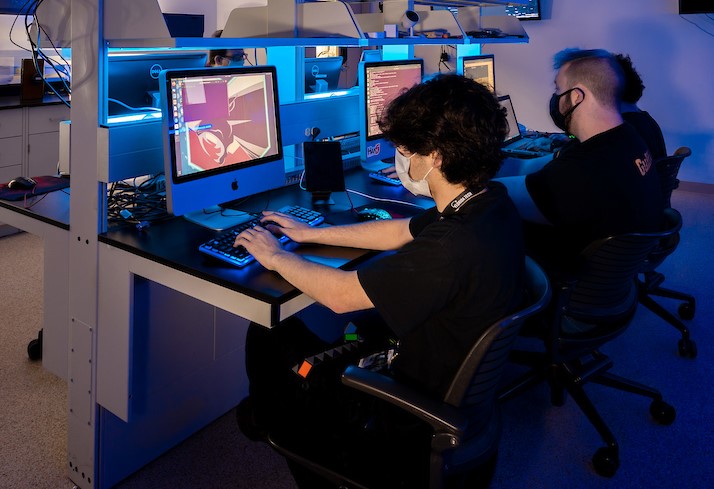Document Type
Conference Proceeding
Publication Title
Proceedings of SPIE - the International Society for Optical Engineering
Abstract
We present in this paper an adaptive linear neural network architecture called PLSNET. This network is based on partial least-squares (PLS) regression. The architecture is a modular network with stages that are associated with the desired number of PLS factors that are to be retained. PLSNET actually consists of two separate but coupled architectures, PLSNET-C for PLS calibration, and PLSNET-P for prediction (or estimation). We show that PLSNET-C can be trained by supervised learning with three standard Hebbian learning rules that extracts the PLS weight loading vectors, the regression coefficients, and the loading vectors for the univariate output component case (single target values). The PLS information that is extracted by PLSNET-C after training, i.e., three sets of synaptic weights, is used by the PLSNET-P as fixed weights (through the coupling) in its architecture. PLSNET-C can then yield predictions of the output variable given test measurements as its input. Two examples are presented, the first illustrates the typical improved predictive capability of PLSNET compared to classical least-squares, and the second shows how PLSNET can be used for parametric system identification.
First Page
139
Last Page
150
DOI
10.1117/12.235962
Publication Date
3-22-1996
Recommended Citation
Ham, F. M., & Kostanic, I. (1996). Partial least-squares regression neural network (PLSNET) with supervised adaptive modular learning. Paper presented at the Proceedings of SPIE - the International Society for Optical Engineering, , 2760 139-150.


